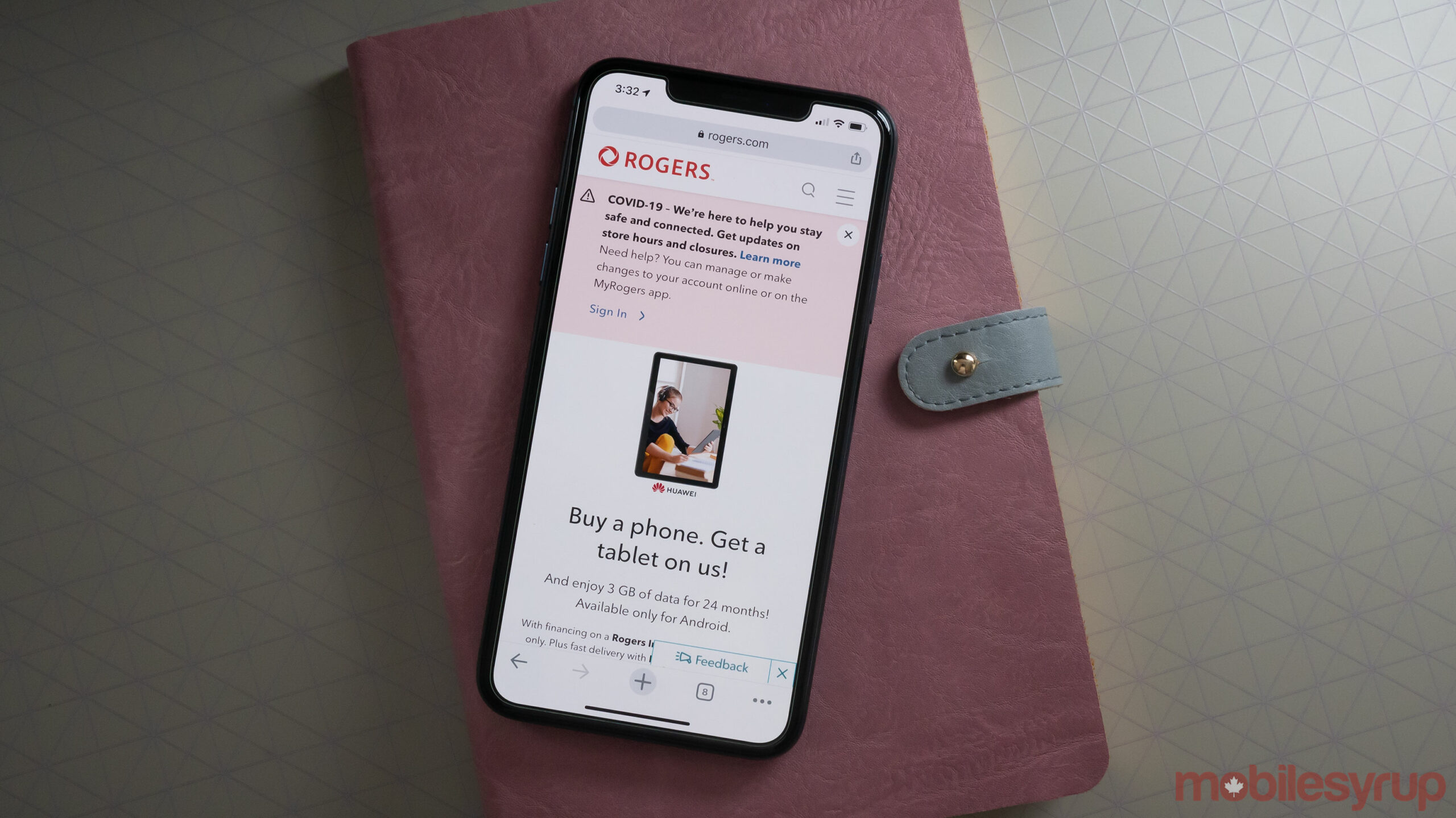
Toronto-based national carrier Rogers had 1,000 postpaid wireless net losses in the second quarter of 2020, and now has a total of 9,431,000 postpaid subscribers.
In its earnings report released on July 22nd, the carrier says that its wireless results reflect the full quarter impact of the COVID-19 pandemic economic shutdown, and that its postpaid subscribers were “flat” since majority of retail locations remained closed.
Rogers also reports 216,000 postpaid gross additions in Q2 2020. In terms of prepaid subscribers, the company said it had 66,000 net losses and 119,000 gross additions, totalling to 1,270,000 prepaid subscribers.
Total wireless subscribers at Rogers and its sub-brands is now a combined 10,701,000.
The carrier also reported a postpaid churn rate of 0.77 percent, which is a decrease from the 0.99 percent reported in the same period a year ago. Churn rate is the percentage of subscribers who discontinue their subscriptions in a month.
“The decrease in postpaid gross additions, the postpaid net losses, and the lower postpaid churn this quarter and year to date were all a result of the impacts of COVID-19, with store closures and overall lower market activity by Canadians,” the carrier explains in its report.
Rogers’ blended ABPU (average billing per unit) for Q2 2020 was $61.57, representing a decrease from the $67.16 reported in Q2 2019.
“The eight percent decrease in blended ABPU this quarter and four percent decrease year to date were primarily a result of the declines in roaming, overage, and other fee revenue due to the impacts of COVID-19, partially offset by an ongoing shift in subscribers financing their new device purchases,” the report states.
The carrier’s blended ARPU (average revenue per unit) for the quarter was $49.09, while it was $56.73 in the same period a year ago.
Rogers’ total revenue decreased by 17 percent this quarter, which it says was largely driven by 13 percent and 17 percent decreases in wireless service and equipment revenue, respectively, and a 50 percent decrease in media revenue. Its net income was down by 53 percent from Q2 2019.
The carrier explains that its wireless service revenue decrease was mainly a result of lower roaming revenue due to global travel restrictions during the COVID-19 pandemic, and lower overage revenue, mainly as a result of the continued adoption of its Rogers Infinite unlimited data plans.
Rogers notes that it’s focused on operating and maintaining its wireless and cable networks, including adding capacity and managing traffic where needed, its media operations, and the key business operations required to ensure service continuity for its customers.
During the carrier’s investor relations call, Rogers CEO Joe Natale stated the company “anticipates most of the COVID-19 related impacts will recover as the economy opens up.” Natale noted that at the start of the quarter, 90 percent of Rogers’ retail locations were closed, but now 90 percent of its stores are open with proper precautions.
In terms of 5G, Rogers states it’s on track despite the delay of the government’s 3500MHz band spectrum auction. The carrier outlined it already has 600MHz spectrum that it is currently rolling out.
Rogers says since it has Ericsson as single vendor, it can utilize dynamic spectrum sharing, which will allow some of its 4G spectrum to be used for 5G. Rogers outlines that once 3500MHz spectrum becomes available, it will add that on to its strategy.
MobileSyrup may earn a commission from purchases made via our links, which helps fund the journalism we provide free on our website. These links do not influence our editorial content. Support us here.


